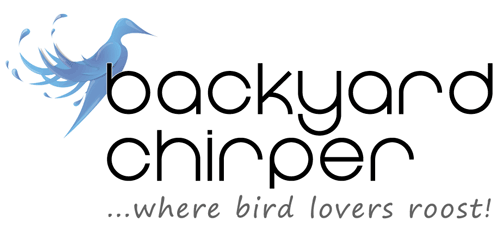With its cold and dreary weather, winter can seem like a baron and unfriendly season, but theres still life and color underneath all the grays. Even though many species migrate south to escape the cold, many colorful birds like Northern Cardinals and Blue Jays brave the harsh winters.
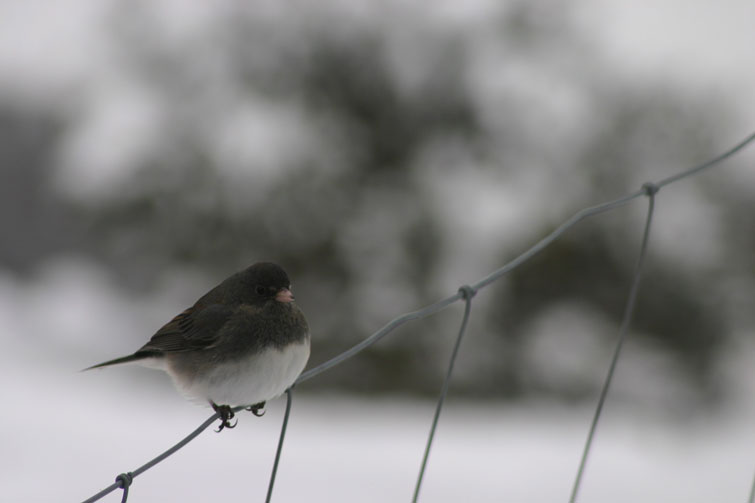
Thats why winter is as important as ever when it comes to bird feeding. The resources become harder to find and birds need more energy to weather storms. If youre interested in helping your backyard chirpers get through the winter happily and healthily, heres everything you need to know about winter bird feeding.
Things to Know About Your Bird Feeder
Although you can be a little more relaxed when feeding birds in the spring and summera time when food and resources are abundantits different during the winter. Here are a few items about your bird feeder to keep in mind.
Keep your bird feeder full
This one seems obvious, but its amazing how many people dont consistently refill their feeders in the winter. The cold makes it more burdensome to take down and refill feeders, but many backyard birds depend on them for a portion of their energy intake. Once you monitor your bird feeders, youll know just how frequently you have to refill it.
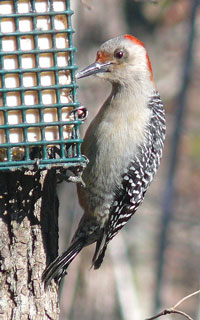
Opt for high capacity feeders
A way to ensure a full feeder is to get one that can hold a large amount of seeds, so you dont have to go outside and manually fill it as often. Another thing to keep in mind when buying a bird feeder is the ease in which you can refill it. If its really labor intensive, you might want to opt for something a little easier.
Put out a variety of feeders
Seed feeders are among the most popular and easiest types of feeders, but not all species eat seeds. In fact, many birds that do eat seeds need more nutrients and fat during the winter to help sustain them. Thats why you should also put up other feeders, especially suet feeders. Suet is high in fat and high in calories, which offers birds much needed energy intake that allows them to get through cold nights.
Keep them clean
It can be miserable having to clean a dirty bird feeder at any time of the year, but the cold makes it particularly horrible. Still, a dirty bird feeder can be a harbinger of diseases like salmonella that cause outbreaks. Birds shouldnt also have to worry about getting sick during a difficult time of year for them.
Place feeders out of frigid wind
The worst part of any cold day is the wind. It can be so icey and bitter that it actually hurts to be exposed to the wind for more than a minute. Dont subject birds to the same discomfort. Place bird feeders in a sheltered area away from the wind.
Winterize Your Bird Baths
Theres more to bird feeding in winter than food. Water is an equally important resource for birds. As water freezes and becomes scarce, birds have an increasingly difficult time finding it. Bird baths are easy ways to give your birds a place to drink and preen. Here are a few things to remember.
Think about a heated bird bath
If you live in a place where your bird baths are constantly freezing over, consider adding a heater or de-icer to the bath. This will save you the effort of having to manually break up the ice and ensures birds have access to water during the coldest parts of the year.
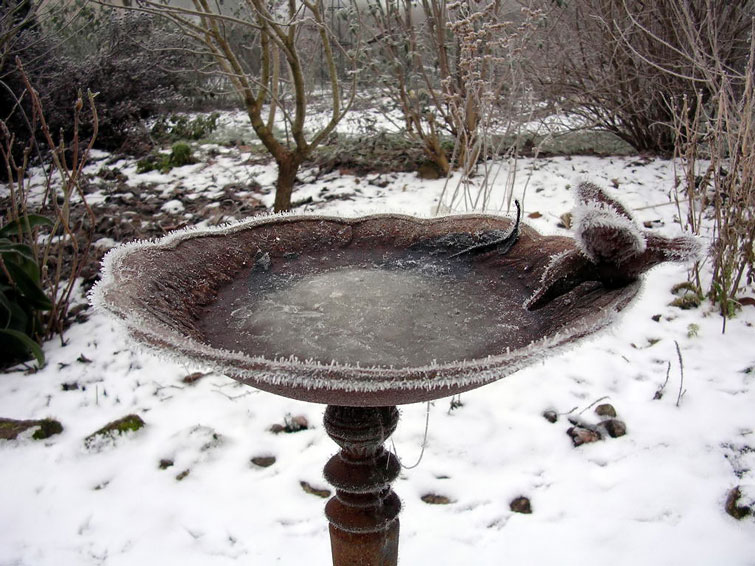
Be strategic with placement
This is similar to the advice given for the bird feeder, but dont put your bird bath in a location thats exposed to the elements of winter or an area that can be preyed upon by cats and predators. Also, moving a bird bath from the shade to the sun may prevent it from freezing over.
Keep it full
Not only does keeping the bird bath full provide birds with a good amount of water but it also helps prevent the water from freezing over. Shallow water is especially susceptible to ice, so fill it to the top if possible.
Clean it often
It should go without saying, but its just as important to keep your bird bath clean as it is to keep your bird feeder clean.
Shelter From The Storm
Shelter is another key essential to provide birds in winter. A harsh winter storm or frigid temperatures can make life difficult for birds. Heres how you can help.
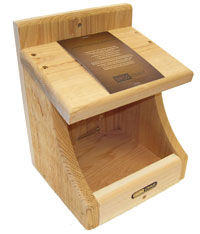
Put up roosting boxes and birdhouses
Roosting boxes are specialized boxes that offer birds a reprieve from the cold. Its not intended to be used for nesting and a small flock of birds will sometimes roost in the box together. If you dont have one, you can also use a birdhouse or nesting box.
Think long-term shelter
While roosting boxes are great assets for birds during winter, natural shelter, like native plants and trees, is even better. This requires some long-term planning, however. Start by planting landscaping that keeps its cover throughout the year, so birds will have a place to keep warm.
Create brush piles
Strategically built and well-placed piles of brush offer a range of benefits to birds in winter. Not only do these harbor insects for birds to feast on but they also create a safe haven. Just make sure its not in a place that will get covered in snow.
